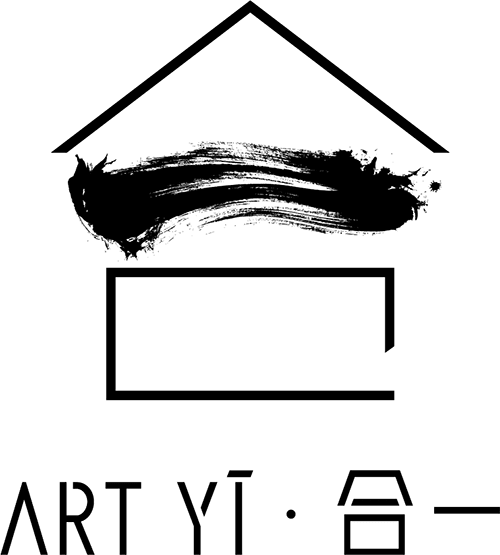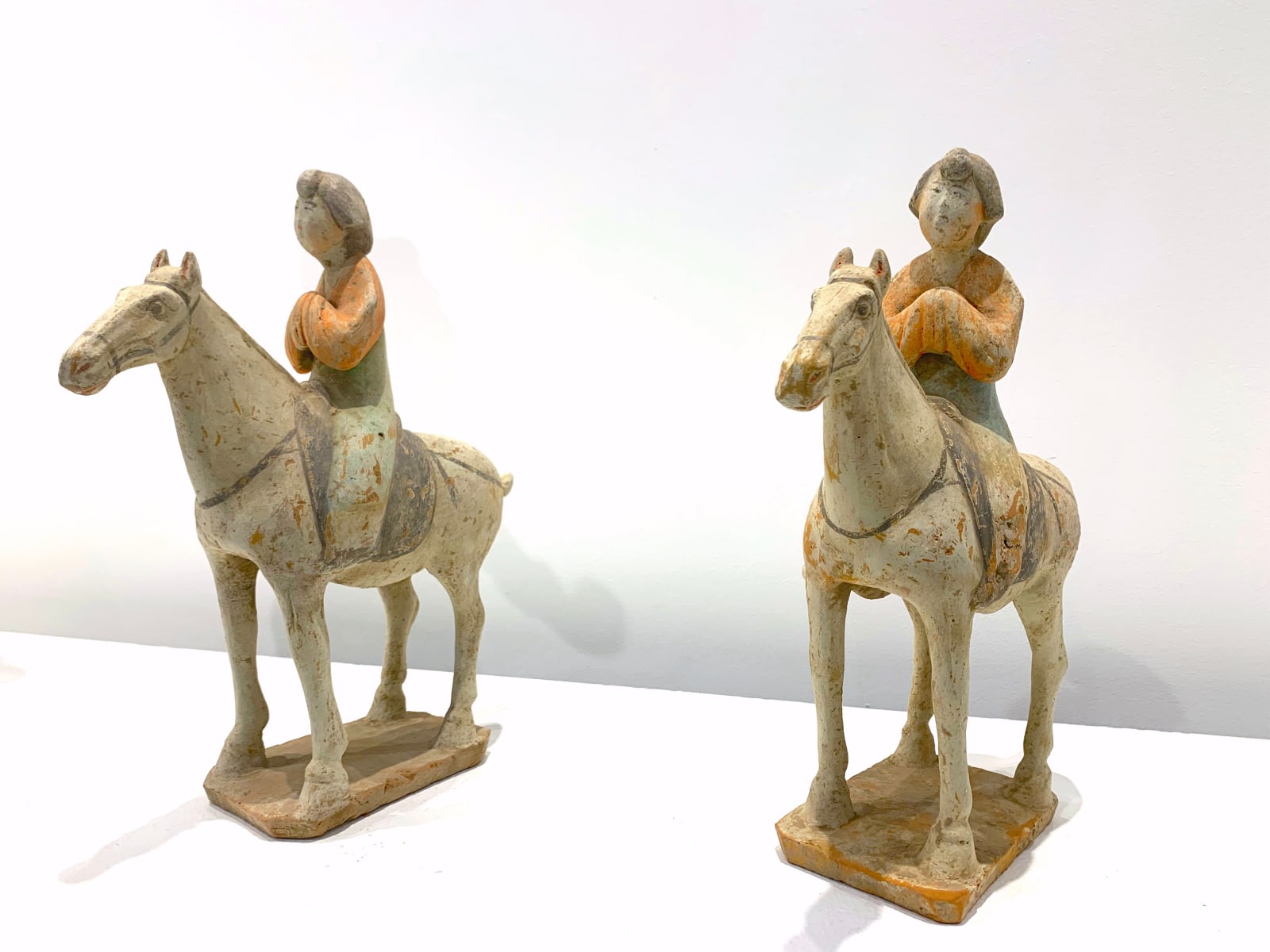Chinese Antiques 中国古董
A Pair of Painted Pottery Figure of A Fat Lady Equestrian 一对中国唐代侍女骑马彩陶, Tang Dynasty, 618 A.D. to 906 A.D., 7th century 2nd half
Pottery in tri-color pigments
Origin: ShanXi province, China
Origin: ShanXi province, China
32 x 27 x 10 cm
12 5/8 x 10 5/8 x 4 in
12 5/8 x 10 5/8 x 4 in
Unque Piece
• Thermoluminescence Test Certificate from a German laboratory to the date above 800 - 1200 years ago
• Certificate of Authenticity issued from an antique member of the Royal Guild of Flemish Antique Dealers (KGVA) for a mark of unquestionable quality
• Original Belgian Private Collection
• Free Worldwide Art Shipping (DDU)
• Professional Art Packing
• Full Insurance & Gallery Guarantee
• Certificate of Authenticity by Artist & Gallery
• Enquire a Welcome Offer for your 1st Collection
• Certificate of Authenticity issued from an antique member of the Royal Guild of Flemish Antique Dealers (KGVA) for a mark of unquestionable quality
• Original Belgian Private Collection
• Free Worldwide Art Shipping (DDU)
• Professional Art Packing
• Full Insurance & Gallery Guarantee
• Certificate of Authenticity by Artist & Gallery
• Enquire a Welcome Offer for your 1st Collection
Further images
A pair of painted pottery figure of a fat lady rider in the early Tang Dynasty of China in early 7th century 2nd half. It is skillfully modeled and sculpted...
A pair of painted pottery figure of a fat lady rider in the early Tang Dynasty of China in early 7th century 2nd half.
It is skillfully modeled and sculpted of dense buff red pottery and has good detailing in an excellent condition. The fat ladies were court ladies and enjoyed many privileges including those of travel and sport. They are tunic are red and green in color which is unusual. There are excellent remains in pair and of original bright red, light green, blue and white pigment details (This is rare). We can still see the exquisite and luxurious look at that time. The firing process of this horse is extremely sophisticated.
The two young ladies are dressed in the traditional loose tunic with water sleeves worn over loose pants and leggings. They are posed in lively position as if holding reins. Their pretty faces are turned slightly framed by a smooth turned under hairstyle with cup bangs. The ladies' faces are painted in black with fine eyes and eyebrows, their cheeks are dotted with red. Both facial expressions are peaceful and dignified, and their eyes look straight ahead.
The horses are white in color with black detailing. They stand four square with their ears perked and his tail twisted and clubbed. All these characters are issued from the early Tang Dynasty of China.
It is skillfully modeled and sculpted of dense buff red pottery and has good detailing in an excellent condition. The fat ladies were court ladies and enjoyed many privileges including those of travel and sport. They are tunic are red and green in color which is unusual. There are excellent remains in pair and of original bright red, light green, blue and white pigment details (This is rare). We can still see the exquisite and luxurious look at that time. The firing process of this horse is extremely sophisticated.
The two young ladies are dressed in the traditional loose tunic with water sleeves worn over loose pants and leggings. They are posed in lively position as if holding reins. Their pretty faces are turned slightly framed by a smooth turned under hairstyle with cup bangs. The ladies' faces are painted in black with fine eyes and eyebrows, their cheeks are dotted with red. Both facial expressions are peaceful and dignified, and their eyes look straight ahead.
The horses are white in color with black detailing. They stand four square with their ears perked and his tail twisted and clubbed. All these characters are issued from the early Tang Dynasty of China.
Provenance
Women in the Tang Dynasty were more free than women in other dynasties in China. It was the only dynasty that allowed women to wear brightly colored open-chested clothes. They can also go out freely on outings and hikes, which were normally only reserved for men in the most of other imperial dynasties of China.Therefore, female figurines on horseback can only be seen in the pottery of the Tang Dynasty.










